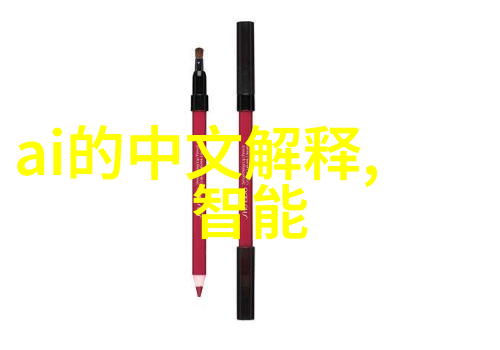市政供水与自备井比较分析tds含量差异解读
市政供水系统是城市居民日常生活中不可或缺的一部分,它不仅能够提供清洁的饮用水,还能保证居民的生活用水需求。然而,随着城市化进程的加速和人口密度的增加,对于市政供水质量的要求也在不断提高。在这个背景下,了解市政供水中的TDS(总配件溶解物)含量以及与自备井相比的差异,对于维护公众健康、保障饮用水安全具有重要意义。

市政供水中的TDS含量
TDS指的是在一定温度下的1000克样品中所溶解固体物质的重量,其单位通常为mg/L或ppm。TDS反映了溶解在液体中的矿物质、有机物及其他无机化合物等组成部分,这些组成对人体健康影响重大。当TDS值过高时,可能会导致饮用者摄入过多矿物质,有害元素,如砷、铅等,从而引发身体损伤。

自备井中的TDS含量
自备井作为一种非公共资源,它们位于农村地区或郊区,是家庭储存雨天或者地下的地下径流的小型蓄洪池。由于自备井通常没有经过严格处理,因此其底部可能充满了土壤颗粒和岩石碎片,以及潜藏着污染源如化学肥料残留、农药等。此外,由于自备井未经专业监测和管理,其TDS值可能远高于市政供水标准,存在更大的不确定性。

市政供水与自备井之间的比较分析
在实际操作中,我们需要对市民使用哪种类型的手段进行指导,以确保他们获得最佳的人类健康环境。这就要求我们对两者的优劣势进行深入研究,并根据这些研究结果制定出相应政策来提升人们对于如何选择最适合自己的供应方式产生认识。

TDS检测标准及其影响
对于不同地区而言,其设定的检测标准也不尽相同。在一些国家,比如美国,他们规定了一个较宽泛的地带,而在其他地方,比如欧洲,则更加严格限制此参数。因此,在做出决策之前,我们必须考虑到这些因素并将它们融入我们的决策过程之中。

改善措施以降低tds值
当我们意识到现行情况并不理想时,我们可以采取一系列措施来改善这一状况。这包括但不限于更换原有的管道材料以减少渗漏问题,更频繁地进行清洁工作以及利用先进技术去排除那些难以发现的问题。
生态环境保护视角下的控制策略
为了保护生态环境,同时保持良好的生活质量,我们必须采取一系列综合性的措施来减少对自然资源造成破坏。一方面要确保所有参与环节都遵循最低可接受水平;另一方面还需通过教育普及让公众理解这背后复杂且深刻的问题所在地位。
综上所述,city water supply and private well comparison analysis: tds content difference interpretation is a complex task that requires a deep understanding of the relationship between water quality, human health, and environmental protection policies.
The analysis of TDS levels in city water supplies and private wells highlights the importance of monitoring these parameters to ensure public health and safety standards are met while minimizing potential impacts on the environment.
In conclusion, this article has demonstrated that both city water supplies and private wells have their unique characteristics in terms of TDS content; however, it is crucial for policymakers to strike a balance between ensuring access to clean drinking water for all citizens while protecting the environment from further degradation through careful planning, education, and implementation strategies aimed at reducing contamination risks associated with high TSD levels in both sources.
Furthermore, by adopting sustainable practices such as regular maintenance checks on infrastructure systems used for delivering potable water resources (e.g., pipes) along with increasing awareness among consumers regarding proper usage habits during times when demand exceeds capacity or there are disruptions due unforeseen circumstances like natural disasters etc., we can help minimize any adverse effects caused by excessive consumption rates without compromising our ability to provide adequate service delivery services within budgetary constraints imposed upon us from higher authorities based on economic conditions prevailing at present time period under consideration here today!